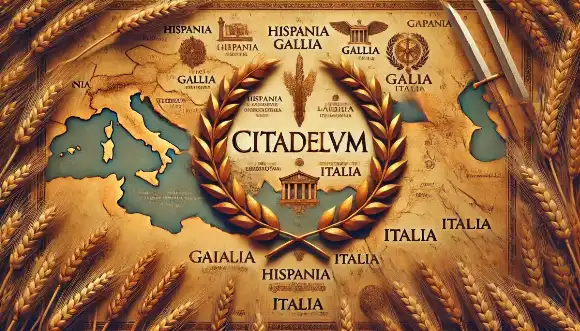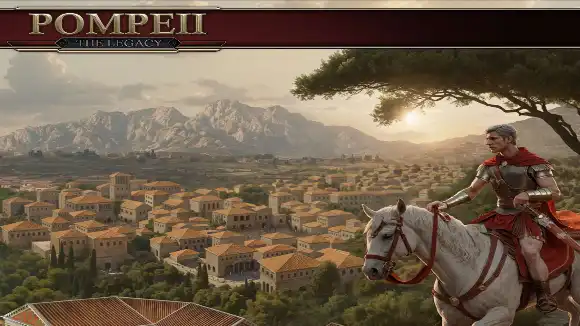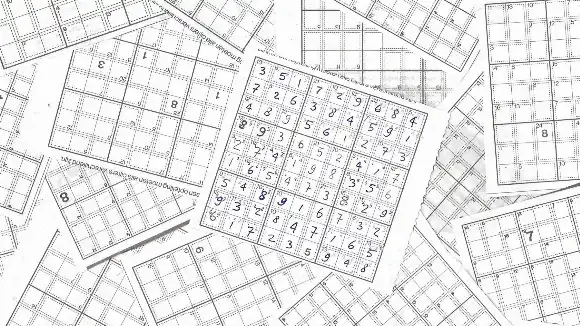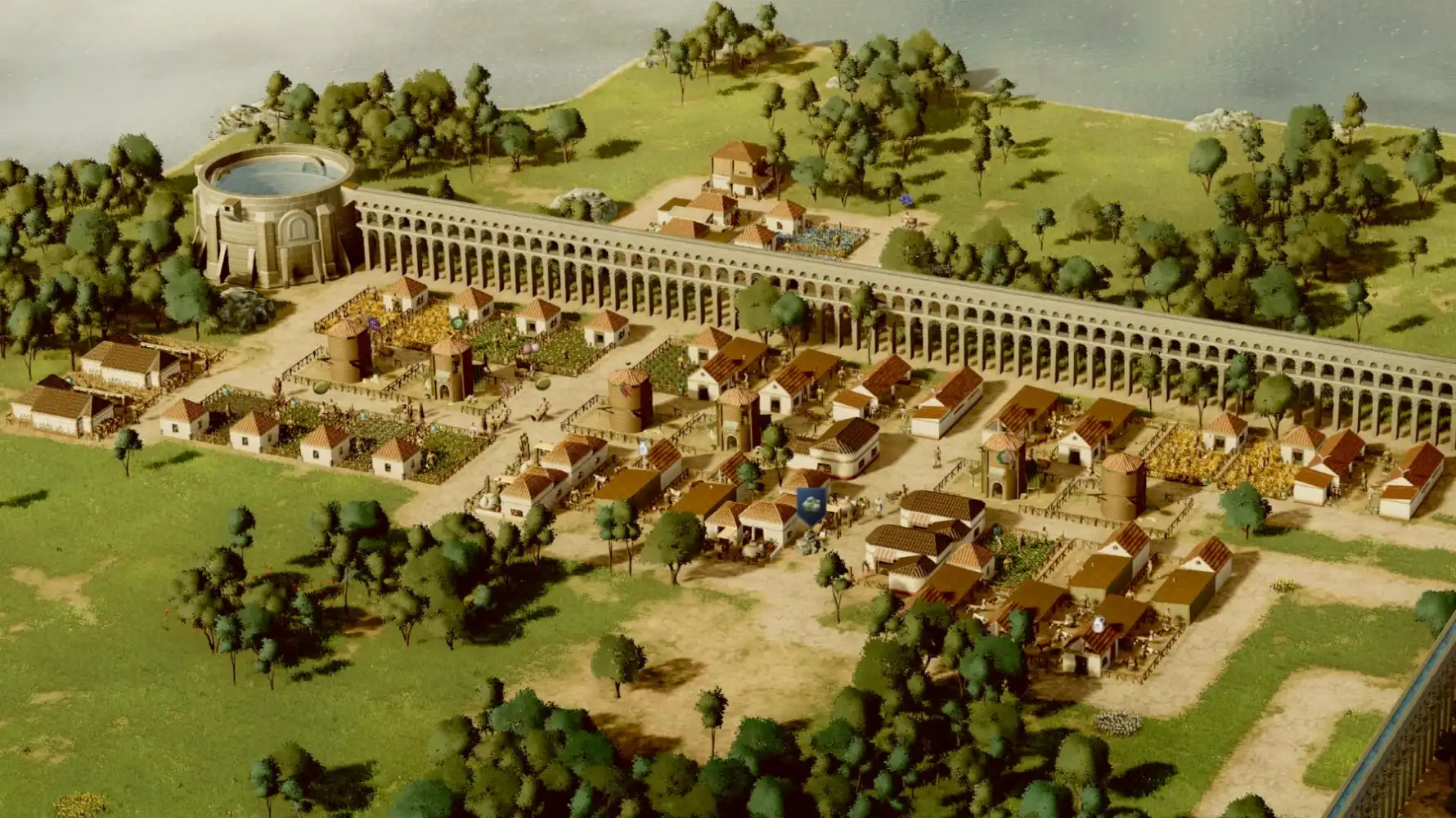
In this article
Update @ October 17th: This article was originally posted on September 20th, based on the information gathered from Citadelum: Prologue.
Update @ April 2025: With the newly released version 2 of Citadelum in April 2025, productivity changed a lot. This article has been updated based on that information.
In almost every kind of strategy game slash city builder, productivity is an essential part of the gameplay.
Whether it's the medieval Manor Lords, 19th century Anno 1800 or futuristic Factorio or Industry: they all force you to take a good, hard look at your basic supply and demand chain.
Citadelum is no different. So how do supply and demand, productivity and workforce work in this Roman time themed city builder?
Workforce
First off, all of your production buildings need to be staffed. This staff consists solely of Plebeians.
That means you will have to provide enough plebeians to work in all of your buildings. The easiest way to do this, is to build or upgrade plebeian houses.
Tip: don't build to many! Unemployed plebeians aren't happy and will leave the city.
It is easy to put your Plebeians to work. All you need to do is assign them to a production or service building, like logging camp, market or tax office.
Every assigned worker gets a wage of 20 Denarii a day, regardless whether they're fighting fires or baking bread. This wage is taken of your balance sheet.
Building productivity
Each building has its own base productivity. It is based on the amount of workers that are assigned to it.
For instance, wheat fields produce 100 wheat per day per worker. If you set the hiring target to 1 worker, that wheat field will produce 100 crops per day. If you set the hiring target to 4 workers (and the target is reached), the production per day will be 400 wheat.
Another example: a logging camp produces 50 wood per day per worker. If you set the hiring target to 4 workers, that logging camp will produce 200 wood per day.
Refer to the table below for an overview of all production buildings and their output.
| Building | Output | Input | Production/day/worker | Input/day/worker | Prod/cycle |
| Logging camp | Wood | x | 50 | x | 5 |
| Stone quarry | Stone | x | 80 | x | 8 |
| Iron mine | Iron ore | x | 33 | x | 5 |
| Flax field | Flax | x | 80 | x | 10 |
| Sawmill | Wooden plank | Wood | 50 | 20 | 5 |
| Stonecutter | Stone brick | Stone | 50 | 20 | 5 |
| Weaver | Clothing | Flax | 15 | 42 | 4.2 |
| Furniture workshop | Furniture | Wooden plank | 12 | 12 | 4 |
| Wheat field | Wheat | x | 100 | x | 10 |
| Chicken farm | Egg | Wheat | 31 | 18.6 | 5 |
| Cow farm | Milk | Wheat | 31 | 18.6 | 5 |
| Pig farm | Pigs | Wheat | 6 | 18 | 1 |
| Fishing dock | Fish | 25 | 20 | x | 4 |
| Grape orchard | Grapes | x | 80 | x | 8 |
| Medicinal herbs orchard | Medicinal herbs | x | 40 | x | 4 |
| Carrot orchard | Carrot | x | 80 | x | 8 |
| Melon orchard | Melon | x | 80 | x | 8 |
| Onion orchard | Onions | x | 80 | x | 8 |
| Cabbage orchard | Cabbages | x | 80 | x | 8 |
| Bakery | Bread | Wheat + Salt | 20 | 15 + 5 | 4 |
| Fishmonger | Fish fillet | Fish + Salt | 20 | 5 + 5 | 4 |
| Butchery | Pork steak | Pig + Salt | 20 | 5 + 5 | 4 |
| Winery | Wine | Grapes | 25 | 25 | 4 |
| Armour workshop | Armour | Iron ore | 8 | 12 | 4 |
| Shield workshop | Shield | Wooden plank | 8 | 12 | 4 |
| Swordsmith | Gladius | Iron ore | 8 | 8 | 4 |
| Bow workshop | Bow | Wood | 8 | 20 | 4 |
| Salt extraction | Salt | x | 50 | x | 5 |
| Clay extraction | Clay | x | 50 | x | 5 |
| Olive orchard | Olives | x | 80 | x | 8 |
| Oil mill | Olive oil | Olives | 15 | 15 | 3 |
| Bee farm | Honey | x | 50 | x | 5 |
| Pottery workshop | Pottery | Clay | 31 | 12.4 | 5 |
| Cheese factory | Cheese | Milk + Salt | 16 | 12 + 4 | 4 |
Note: A cross indicates that the building doesn't require input.
Input/output
Basic production buildings, like a lumber mill, just produce basic goods. In the case of a lumber mill, it's wood. A wheat field produces wheat. The only thing they need, is an available worker assigned to chop the trees or harvest the wheat.
These basic goods can be used as they are, or be processed by more advanced production buildings. The wood produced at the logging camp will be turned into wooden planks at the sawmill. Wheat can be used by a bakery, cow farm, chicken farm and pig farm.
Some buildings require 2 types of input. The bakery doesn't just need wheat, it also needs salt so that the baker can bake tasty bread.
In all of those buildings that need something to work with, you will have to keep an eye on the input and output of those advanced production buildings. That decides how much basic production you need to make sure these advanced products can be made.
You can see the input/output information in the pop up when you select the production building.
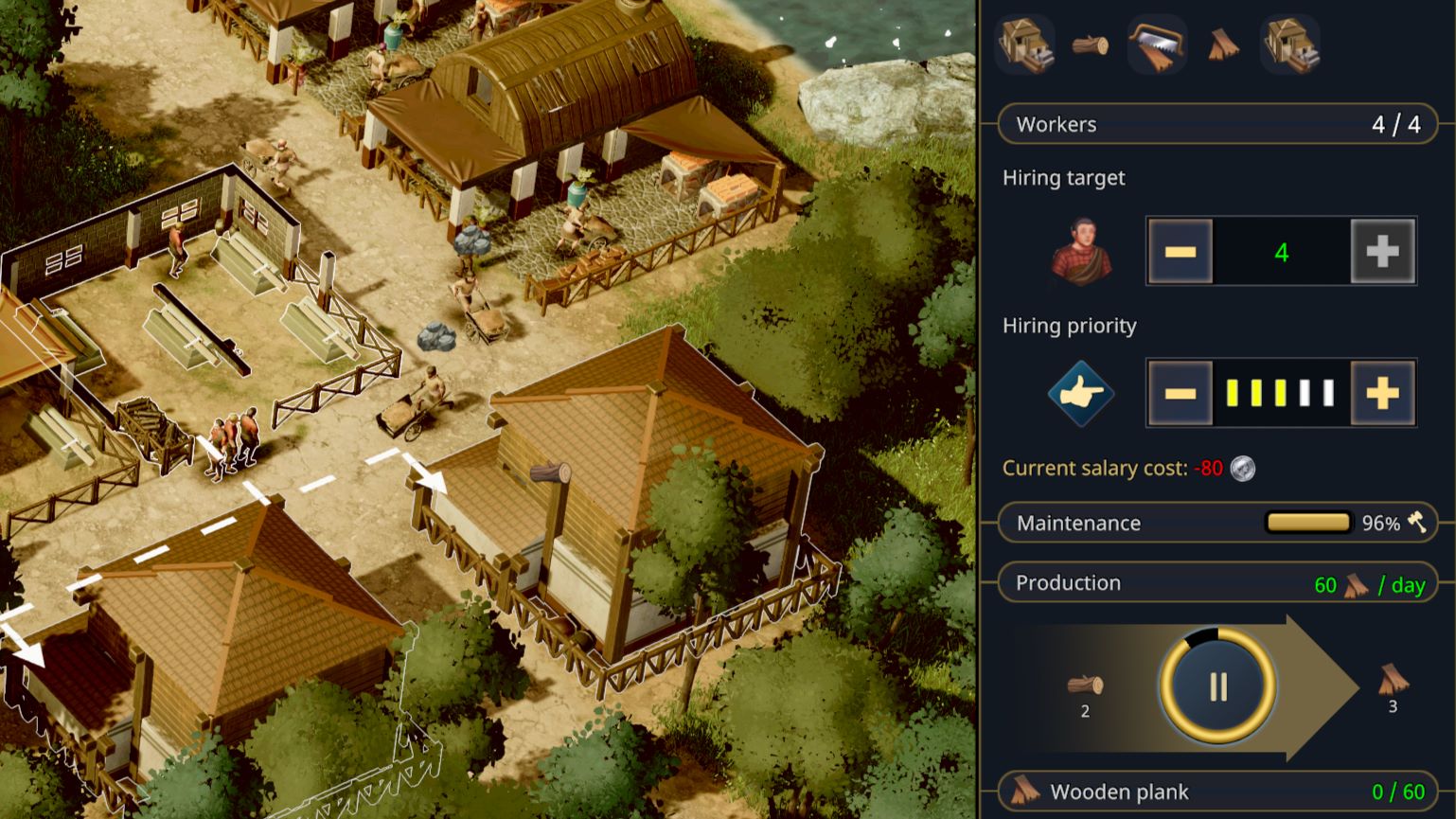
The production overview of a sawmill, showing input, output and production for 4 working plebeians.
In case of a sawmill, they use 2 wood to manufacture 3 wooden planks. A single worker can produce 60 wooden planks per day. This means the sawmill has an input of 20 wood per day to create an output of 60 planks per day when 1 worker is assigned. For 4 workers, the input is 80 wood and the output 240 wooden planks.
A bakery uses 3 wheat + 1 salt to produce 4 bread. A single worker can produce 20 bread per day. So for an input of 15 wheat and 5 salt per day, their output is 20 bread per day per worker. Or for a fully staffed bakery with 4 workers, the input is 60 wheat and 20 salt, the output is 80 bread.
Supply and demand
Keeping an eye on your supply and demand is essential in making your city profitable and keep it from running into the ground.
To do this, use the Management window. This is the button that looks like an old fashioned scroll in the bottom right hand corner of your game window.
The management window has several tabs for different kinds of information. You can find a handy supply and demand overview in the Resources tab.
The resources tab doesn't specify exactly which businesses or production buildings use how much of a specific resource. What is does show you is a complete overview of all your resources coming in and going out. It also shows you how much of a good you currently have in store.
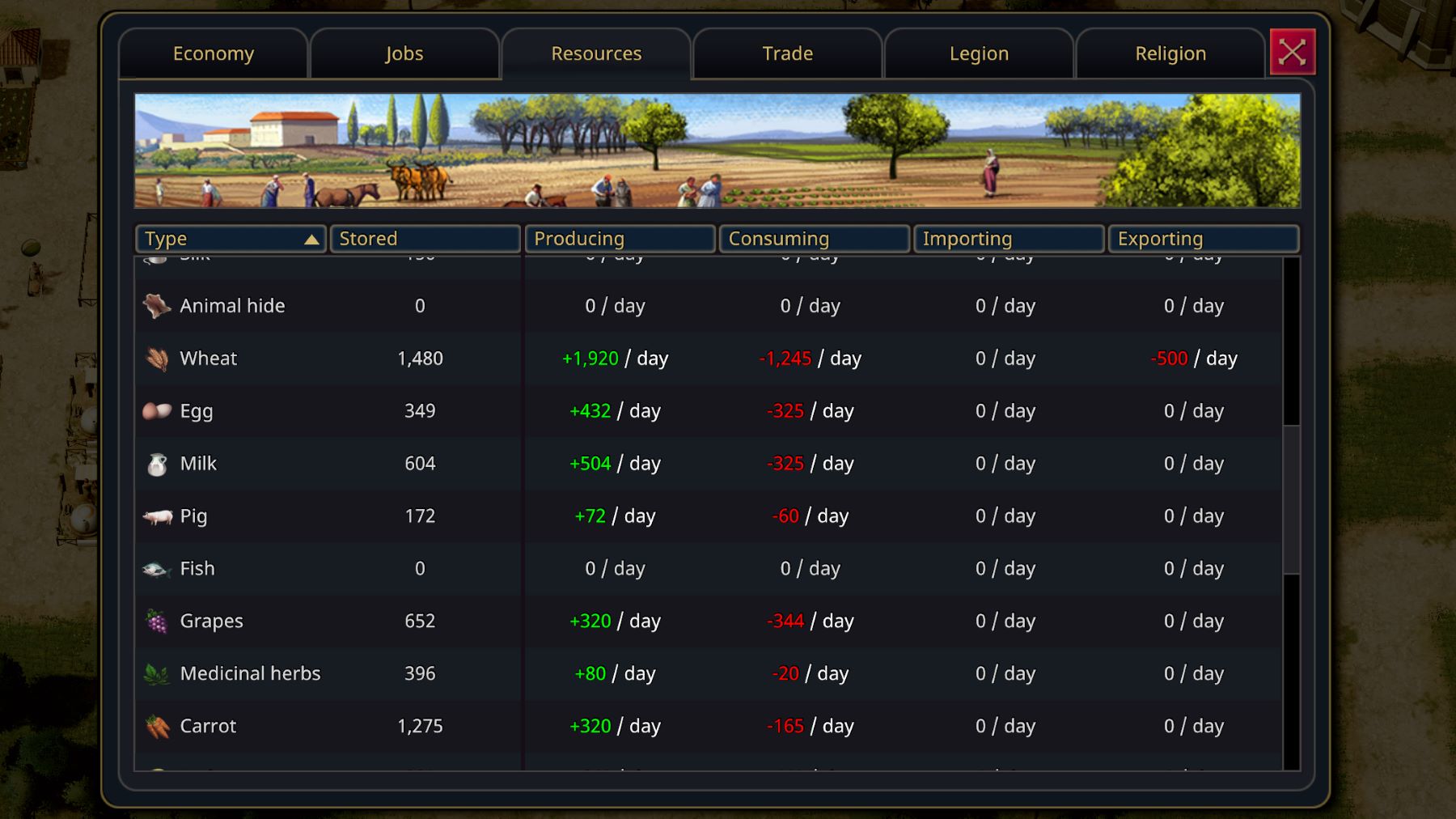
The resource management tab in Citadelum, showing all incoming and outgoing resources in your city.
For instance, in this overview it shows me that production of wheat is at 1920 per day. The total consumption of wheat is 1245 per day. This is consumed by Plebeians as a food source, but also by egg farms, cow farms and pig farms to feed the animals as well as bakeries to bake bread.
Aside from my own usage, I'm also exporting wheat, which is another 500 wheat per day going out. That brings my total wheat production balance at -1245 - 500 + 1920 = +175.
Spending stored goods
Aside from the production buildings, there is another way to spend resources from your storage.
Soldier training buildings, like the Archer training building, require certain resources to train a recruit. In the case of an archer, you will need 10 grain, 1 armour and 1 bow to start training an available recruit. Training Infantry will cost 10 grain, 1 armour, 1 sword and 1 shield.
At temples, there are 2 ways of spending stored goods: festivals and offerings.
For instance, at the temple of Jupiter, you can celebrate a small festival. This costs 200 Denarii and 50 onions. You can also celebrate a large festival, which will cost 350 Denarii and 30 pork shops.
A celebration for Minerva on the other hand will cost 50 herbs (small) or 30 milk.
You can also sacrifice stored goods at a temple. Gods loves themselves some fresh pigs!
All of the above examples are paid for from your warehouses and granaries. Therefor It is always a good idea to keep some resources in stock, so you can train extra soldiers, celebrate festivals or make an offering to a god.
How about all the other goods?
If you look at the Management resource overview, you will see more goods. At the current state of the game, you can not produce these.
While on the region map, you will find these products sold and bought by cities. Use the trade routes provided to buy and sell those goods.
These products are:
- Ivory
- Marble
- Papyrus
- Silk
- Animal hide
- Spices
If you discover a city buying one of these goods, keep exploring the map. You are sure to find another city selling the same good, often for a lower price.
In the Prologue and first version of Citadelum, you couldn't produce these items either. From version 2.0, they were added to gameplay so you can produce them yourself:
